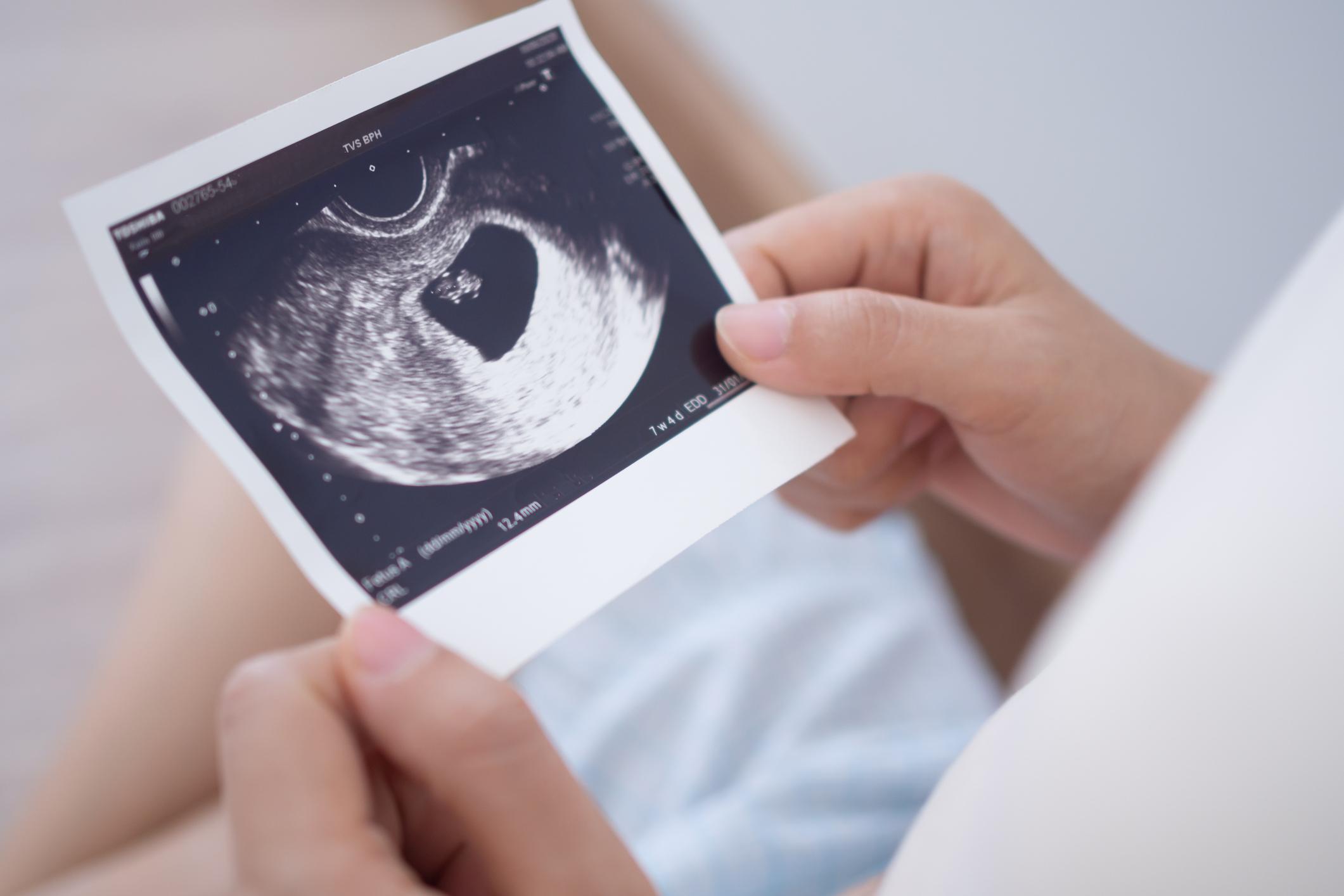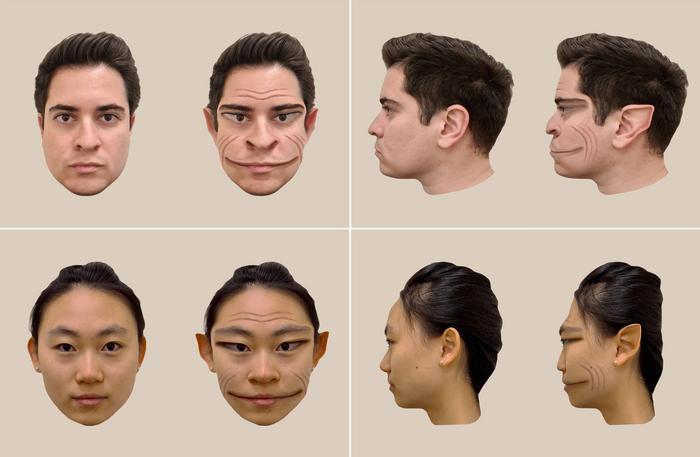A facelift reduces the visible signs of aging. The skin of the face is tightened again.
Facelift surgery, or rhytidectomy, is used to reduce the visible effects of aging on the face, such as sagging cheeks, deep creases from the corners of the nose to the corners of the mouth, cervical lobes or sagging skin at the jawline, and sagging tissue around the chin and lips. neck.
During facelift surgery, an incision is usually made from the hairline at the temples, through the natural crease in front of and behind the ear to the back of the head. Then the skin is detached from the underlying muscles and tissues.
After the skin is lifted, excess skin and fat tissue removed and deeper tissue can be tightened or moved. Additional incisions may be made as needed to remove fat from and restructure underlying tissues in the neck, eyelids and eyebrow line.
After a recovery period, the swelling subsides and the bruises disappear. To remove the scars from the face, a different hairstyle and make-up can be used. This operation can be different complications which should be discussed with the doctor before surgery.















